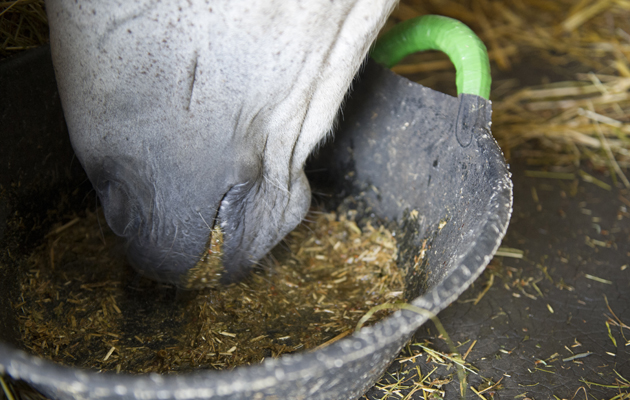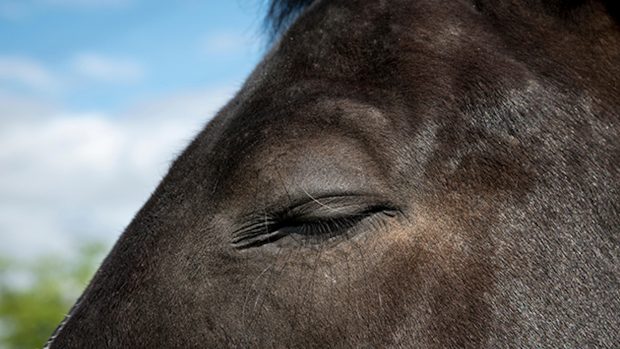Riders who are too heavy for their horses can cause temporary lameness, a landmark study has shown.
Results from a pilot research project into the effects of rider weight, announced today (8 March) at the National Equine Forum, show that a high rider to horse weight ratio can cause lameness and discomfort.
The unsoundness was temporary, and all horses finished last September’s study moving at least as well as they were at the start, but it showed that a rider who is above the appropriate weight can have a negative impact on a horse’s performance.
Dr Sue Dyson, head of clinical orthopaedics at the Animal Health Trust who led the study, said: “While all the horses finished the study moving as well as when they started, the results showed a substantial temporary effect of rider weight as a proportion of horse weight. The results do not mean that heavy riders should not ride, but suggest that if they do they should ride a horse of appropriate size and fitness, with a saddle that is correctly fitted for both horse and rider.
“We must remember that this is a pilot study: further work is required to determine if horse fitness, adaptation to heavier weights and more ideal saddle fit will increase the weight an individual horse can carry. This should help us further in our quest to develop guidelines for optimum rider: horse bodyweight ratios.”
The study involved six horses, each ridden in their usual tack by four riders of different weights. Gait, horse behaviour, heart and respiratory rates and alterations in back dimensions were among the factors assessed for each test.
All the sessions involving the heavy and very heavy riders were abandoned, all but one owing to the horses’ temporary lameness. The other was halted because the horse showed 10 of 24 behavioural markers previously identified by Dr Dyson as likely to express pain or discomfort.
An ethogram developed by Dr Dyson to assess behavioural markers was applied, and the scores that may reflect pain were “significantly higher” in the horses when ridden by the heavy and very heavy riders.
The issues of rider height and saddle fit were also raised; the heavy rider in the study was of similar weight to one horse’s owner but was nearly a foot taller. The test rider sat towards the back of the horse’s usual saddle, overloading the cantle and making it harder for him to be balanced.
World Horse Welfare chief executive Roly Owers said: “These pilot results are certainly not surprising but are very significant in adding vital evidence to inform an appropriate rider: horse weight ratio. It is common sense that rider weight impacts equine welfare, however many might not fully understand or recognise this.
“What is desperately needed is basic guidance to help riders identify a horse or pony that is right for them and this research is a vital step in that direction.”
Article continues below…

Overweight riders asked to dismount at show
The organising committee ruled that anyone deemed to be too heavy for their mount would be spoken to

Warning as well-meaning owners ‘make horses’ lives a misery’
Over-rugging and rider and horse obesity are among the issues affecting horses in this country, World Horse Welfare has warned

Great Yorkshire Show asks ‘too heavy’ riders to dismount – again
The show was ‘disappointed’ 12 riders had to be asked to dismount, a year after it first took the action
Further information will be released from this pilot study, while more research is also planned, into both weight and the effect of saddle fit on what is appropriate.
The study was supported by World Horse Welfare, the Saddle Research Trust, Frank Dyson, the British Equestrian Federation, the British Horse Society, the Pony Club, Polocross, the Showing Council, the Showing Register, the Society of Master Saddlers, Riding for the Disabled, British Eventing, British Dressage, the British Horse Foundation, the Worshipful Company of Saddlers and Endurance GB.
See this week’s (8 March) Horse & Hound magazine for more on the study and its results.




